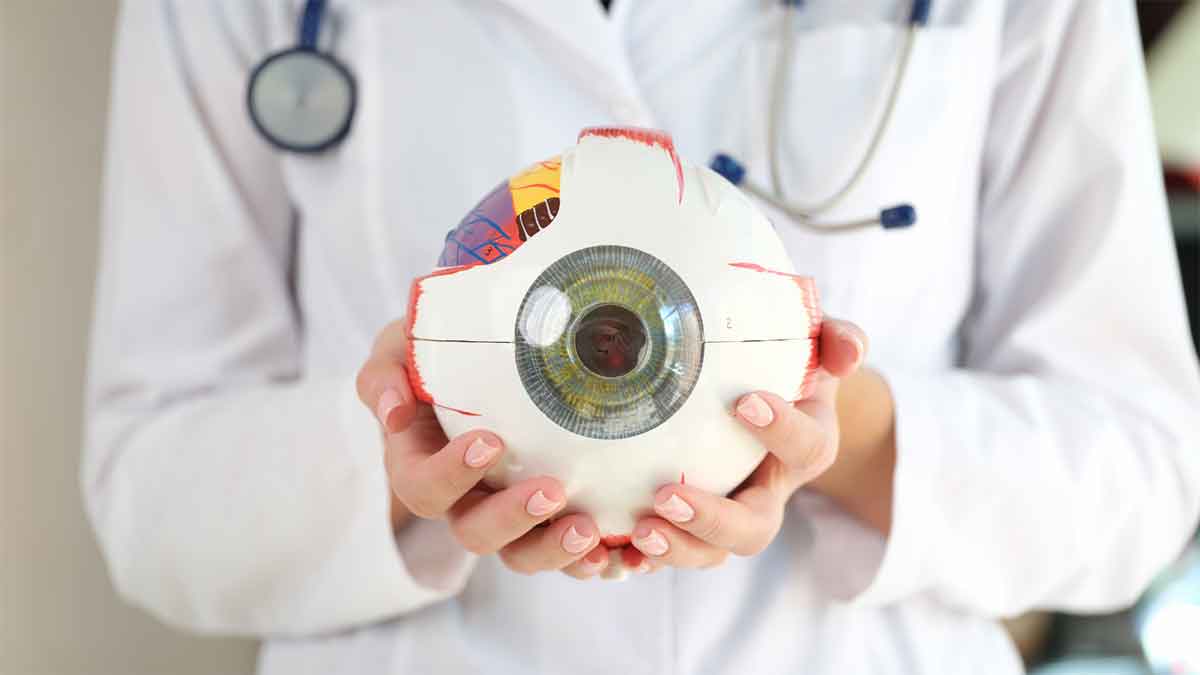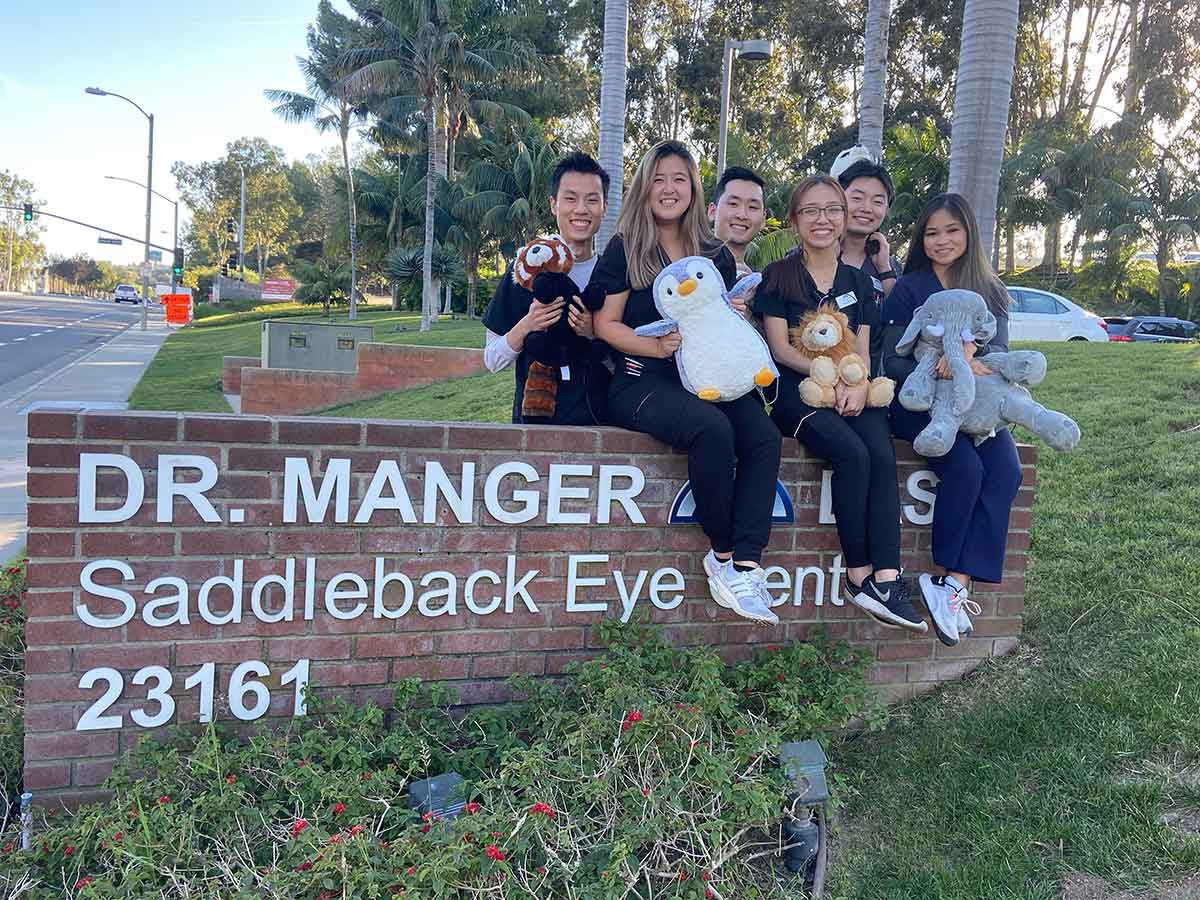Choosing to undergo LASIK eye surgery often involves fear, uncertainty, and, at the same time – hope. Most people rely on this revolutionary procedure because poor vision is tiring and causes many inconveniences, big or small. Perhaps you’re even reading this blog as you are in a consideration phase with LASIK, dreaming of having a clear vision with its magic. However, anchoring your expectations in reality is crucial amidst these high hopes.
While life-changing for many, LASIK isn’t a one-size-fits-all miracle. Today, we’re talking about the realistic outcomes of LASIK. Specifically, we will clarify what LASIK can offer to help you align your expectations with what’s possible. This blog also ensures you’ll have proper anticipation of what you can get with this surgery and how to prepare for it physically and mentally.
The Importance of Realistic Expectations on LASIK Surgery
When considering LASIK surgery, it’s crucial to have realistic expectations. This eye procedure can significantly improve your vision, but it’s not a magic solution that guarantees perfect eyesight for everyone. Understanding what LASIK can and cannot do will help you make an informed decision and set you up for a more satisfying outcome.
What LASIK Can Do
LASIK is designed to correct vision problems like nearsightedness, farsightedness, and astigmatism. For many people, this means a dramatic reduction or even elimination of their dependence on glasses or contact lenses.
Why Realistic Expectations Matter
Having realistic expectations helps in several ways. It ensures you’re not disappointed if your vision isn’t absolutely perfect. It prepares you for the recovery process and any adjustments you might need to make post-surgery.
Having realistic expectations will also enable you to communicate efficiently with your surgeon, allowing them to utilize their expertise fully and making the LASIK eye surgery cost you paid for worth it.
Expectations on The Success of LASIK
Luckily for many, LASIK surgery boasts a compelling statistic – most LASIK patients achieve 20/20 vision or better post-surgery. The high success rate of LASIK is a clear testament to how effective this procedure is. This level of visual acuity also opens a new world of possibilities, from effortlessly reading road signs while driving to enjoying the subtle details of nature on a hike.
While the success rate of LASIK is high, it’s essential to remember that results vary from person to person. Factors such as your age, the condition of your eyes, and your overall health can influence the outcome. Here are some key points to consider:
- Not everyone gets 20/20 vision. While many achieve 20/20 or better, some people might end up with 20/40 or 20/30 vision, which is still very good and a significant improvement. In fact, not everyone is fully correctable to 20/20 due to their genetic makeup which is the reason for most of these patients.
- Some activities might still require glasses. Even after successful surgery, you might need glasses for specific tasks, like reading or driving at night, especially as you get older.
Factors that contribute to excellent outcomes
The success of LASIK doesn’t hinge on a single factor. Instead, it culminates several critical elements, each pivotal in the journey toward improved vision. Here are four key contributors:
- Advanced Diagnostic Tools: Advances in diagnostic technology have dramatically improved the precision of pre-surgical assessments. Detailed mapping of the cornea allows surgeons to tailor the procedure to the unique contours of each eye, enhancing the accuracy of corrections.
- Customized Surgical Plans: LASIK is not a one-size-fits-all procedure. Customization based on the individual’s eye characteristics, such as the degree of refractive error and corneal anatomy, significantly boosts the likelihood of achieving optimal results.
- Surgeon Expertise and Experience: Surgeons with extensive experience performing LASIK surgeries tend to have higher success rates thanks to their ability to navigate the procedure’s subtleties and manage complications effectively.
- Post-operative Care and Compliance: The role of the patient in following post-operative care instructions cannot be overstated. Adherence to the surgeon’s guidelines for eye care in the days and weeks following surgery plays a critical role in the healing process and the overall success of the procedure.
Understanding these factors and how they contribute to the success of LASIK can help set realistic expectations for the outcomes of your surgery.
What to Expect During The Recovery Process
Recovery from LASIK is an integral part of the journey towards clearer vision. While the surgery is quick, patience takes place during the healing process. Let’s delve into what to expect during this period.
Typical Healing Timeline
The road to recovery post-LASIK can vary from person to person, but there’s a general timeline most patients can expect to follow. Immediately after the procedure, it’s normal to experience some discomfort and blurry vision, but many report a significant improvement in their eyesight within the first 24 to 48 hours.
Over the next few weeks to months, your vision may fluctuate as your eyes heal and adjust. Complete stabilization of your vision can take up to one full year, although most major healing occurs in the first few weeks.
Potential Temporary Side Effects
While the LASIK recovery process is generally smooth for most, being aware of potential temporary side effects is crucial. Here are five common ones:
- Dry eyes: Dry eyes are a common side effect, which can be managed with lubricating eye drops prescribed by your surgeon.
- Glare and halos: You might notice glare or halos around lights at night. This effect typically diminishes over time and should not keep you from driving at night.
- Sensitivity to light: Increased light sensitivity is expected immediately following the procedure but usually improves quickly and can be managed with the use of polarized sunglasses.
- Mild discomfort or pain: Some patients experience discomfort or pain in the first few days post-surgery, which can be managed with medication.
- Fluctuating vision: Your vision may fluctuate during the first few weeks as your eyes heal, which is a normal part of recovery.
While these side effects may be temporary, monitoring and properly caring for them is crucial.
Importance of Following Post-op Instructions
Adhering to post-operative instructions is non-negotiable when it comes to LASIK recovery. A professional LASIK surgeon will provide a list of do’s and don’ts tailored to support your healing process. This may include wearing protective eyewear to prevent accidental rubbing or injury, using prescribed eye drops to minimize inflammation and the risk of infection, and avoiding certain activities like swimming or contact sports for a specified period. Having the right expectations for the post-op after your procedure will give you a more positive outcome.
Expectation on The Post-LASIK Vision
Setting realistic expectations for your vision after LASIK is crucial. These expectations will allow you to determine what to anticipate regarding your vision post-LASIK.
Typical Visual Acuity Improvements
For many, LASIK surgery dramatically improves visual acuity, often enabling them to achieve 20/20 vision or very close to it. However, it’s important to remember that results can vary based on individual factors, such as the severity of your prescription and the health of your eyes pre-surgery.
While LASIK aims to reduce your dependence on corrective lenses, some individuals may still need glasses for certain activities, like driving at night or reading the fine print, especially if they had a high prescription before the procedure.
Potential for Night Vision Issues
After LASIK, some patients report experiencing night vision disturbances, such as halos around lights or glare, which can make driving at night more challenging. These issues usually improve within a few months as your eyes heal and adjust to the changes.
Discussing these possibilities with your surgeon is a good idea, so you’re fully informed about what to expect.
Need for Reading Glasses as Eyes Age
It’s also vital to understand that LASIK does not prevent the natural aging of your eyes. Most people will develop presbyopia, the age-related need for reading glasses, as they get older, typically in their 40s or 50s.
LASIK corrects your vision based on your current prescription and does not affect this natural progression. Planning for the likelihood of needing reading glasses in the future is an essential part of setting realistic expectations for your life after LASIK.
Choosing the Right Clinic that Meets Your Expectations
Selecting the right clinic that meets your expectations for a LASIK surgery is a decision that sets the stage for your vision transformation journey.
At Saddleback Eye Center, we pride ourselves on our commitment to providing exceptional care and cutting-edge technology, as well as the most experienced LASIK surgeon on the West Coast, Dr. Manger, who performs each and every patient’s surgery. Our focus is on achieving optimal visual outcomes and ensuring a comfortable and supportive experience for each patient. We understand the significance of a LASIK procedure in your life and are here to guide you every step of the way. No matter the case, Saddleback Eye Center is ready to meet your expectations and combine them with the realistic outcomes of LASIK surgery.
Book your LASIK appointment with us at Saddleback Eye Center today and take the first step towards a brighter, sharper future.





